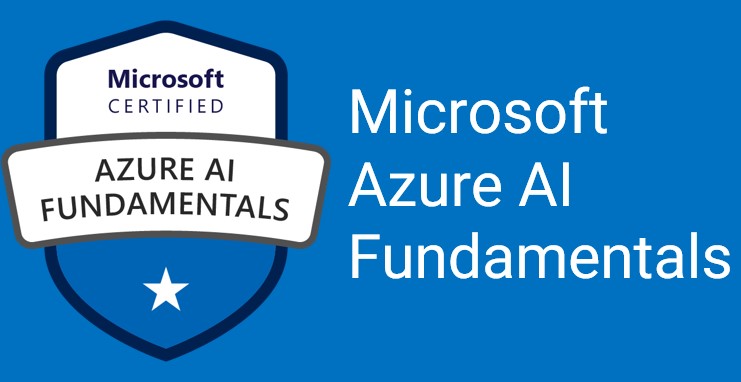About this course
This course covers the following key elements of Microsoft 365 administration: Microsoft 365 tenant management, Microsoft 365 identity synchronization, and Microsoft 365 security and compliance.
In Microsoft 365 tenant management, you learn how to configure your Microsoft 365 tenant, including your organizational profile, tenant subscription options, component services, user accounts and licenses, security groups, and administrative roles. You then transition to configuring Microsoft 365, with a primary focus on configuring Office client connectivity. Finally, you explore how to manage user-driven client installations of Microsoft 365 Apps for enterprise deployments.
The course then transitions to an in-depth examination of Microsoft 365 identity synchronization, with a focus on Azure Active Directory Connect and Connect Cloud Sync. You learn how to plan for and implement each of these directory synchronization options, how to manage synchronized identities, and how to implement password management in Microsoft 365 using multifactor authentication and self-service password management.
In Microsoft 365 security management, you begin examining the common types of threat vectors and data breaches facing organizations today. You then learn how Microsoft 365’s security solutions address each of these threats. You are introduced to Microsoft Secure Score, as well as to Azure Active Directory Identity Protection. You then learn how to manage the Microsoft 365 security services, including Exchange Online Protection, Safe Attachments, and Safe Links. Finally, you are introduced to the various reports that monitor an organization’s security health. You then transition from security services to threat intelligence; specifically, using Microsoft 365 Defender, Microsoft Defender for Cloud Apps, and Microsoft Defender for Endpoint.
Once you have this understanding of Microsoft 365’s security suite, you then examine the key components of Microsoft 365 compliance management. This begins with an overview of all key aspects of data governance, including data archiving and retention, Microsoft Purview message encryption, and data loss prevention (DLP). You then delve deeper into archiving and retention, paying particular attention to Microsoft Purview insider risk management, information barriers, and DLP policies. You then examine how to implement these compliance features by using data classification and sensitivity labels.
Audience Profile
This course is designed for people aspiring to the Microsoft 365 Administrator role and have completed at least one of the Microsoft 365 role-based administrator certification paths.
Course Outline
Module 1: Configure your Microsoft 365 experience.
Module 2: Manage users, licenses, and mail contacts in Microsoft 365
Module 3: Manage groups in Microsoft 365
Module 4: Add a custom domain in Microsoft 365
Module 5: Configure client connectivity to Microsoft 365
Module 6: Configure administrative roles in Microsoft 365
Module 7: Manage tenant health and services in Microsoft 365
Module 8: Deploy Microsoft 365 Apps for enterprise
Module 9: Analyze your Microsoft 365 workplace data using Microsoft Viva Insights
Module 10: Explore identity synchronization
Module 11: Prepare for identity synchronization to Microsoft 365
Module 12: Implement directory synchronization tools
Module 13: Manage synchronized identities
Module 14: Manage secure user access in Microsoft 365
Module 15: Examine threat vectors and data breaches
Module 16: Explore the Zero Trust security model
Module 17: Explore security solutions in Microsoft 365 Defender
Module 18: Examine Microsoft Secure Score
Module 19:Examine Privileged Identity Management
Module 20: Examine Azure Identity Protection
Module 21: Examine Exchange Online Protection
Module 22: Examine Microsoft Defender for Office 365
Module 23: Manage Safe Attachments
Module 24: Manage Safe Links
Module 25: Explore threat intelligence in Microsoft 365 Defender
Module 26: Implement app protection by using Microsoft Defender for Cloud Apps
Module 27: Implement endpoint protection by using Microsoft Defender for Endpoint
Module 28: Implement threat protection by using Microsoft Defender for Office 365
Prerequisites
Before attending this course, students must have:
- Completed a role-based administrator course such as Messaging, Teamwork, Security, Compliance, or Collaboration.
- A proficient understanding of DNS and basic functional experience with Microsoft 365 services.
- A proficient understanding of general IT practices.
- A working knowledge of PowerShell.

